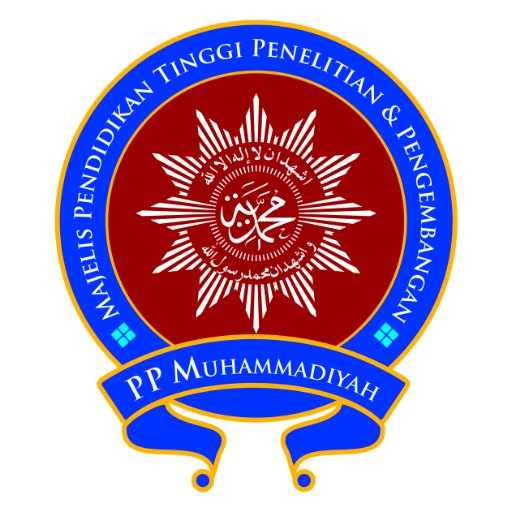Spasial Analysis of Community Preparetness Againts Landslide Hazard in Tawangmangu, Karanganyar, Central Java
DOI:
https://doi.org/10.53017/ujas.195Keywords:
Planning, Community preparedness, Disaster risk, LandslidesAbstract
Tawangmangu District is one area that is often hit by landslides during the rainy season. The landslide event has caused both material and non-material losses to the community, so that community preparedness is needed in dealing with landslide disasters and ongoing efforts to improve community preparedness in reducing the risks caused by landslide disasters. The aims of this study are: (1) to spatially analyze the community's preparedness for landslide hazards in Tawangmangu District, (2) to examine the village government's efforts to improve community preparedness for landslide disasters in Tawangmangu District. The method used in this research is a survey by conducting interviews using a questionnaire to the community, namely the head of the family and village government officials in 6 villages prone to landslides in Tawangmangu District. The results of this study include the level of community preparedness with a ready category including Tawangmangu Village with a score of 16.10, Tengklik Village with a score of 15.42, Plumbon Village with a score of 15.17, and Kalisoro Village with a score of 13.85. Meanwhile, the level of community preparedness in the unprepared category includes Nglebak Village with a score of 12.36 and Bandardawung Village with a score of 11.75. Spatially there are various different efforts between villages in Tawangmangu District in increasing community preparedness to reduce the risk of landslides. Efforts to improve community preparedness in each village in general are by holding outreach, holding pickets, building supporting facilities, forming a disaster task force, and using emergency response applications. The efforts of Tengklik Village are to conduct socialization, carry out tree planting activities, form a disaster task force, build supporting facilities, and use ground motion detection tools. Plumbon Village's efforts are to hold socialization and community meetings, build supporting facilities, add logistics, and form disaster volunteers. The efforts of Kalisoro Village are to conduct socialization, build supporting facilities, form disaster volunteers, and use emergency response applications. The efforts of Nglebak Village to hold community cooperation and form a disaster task force. The efforts of Bandardawung Village are to hold socialization and community meetings, form a disaster task force, and build supporting facilities.
Downloads
References
BNPB, “Geoportal Kebencanaan 2021,” gis.bnpb.go.id, 2022. .
BPBD Kabupaten Karanganyar, Data Kejadian Tanah Longsor Kabupaten Karanganyar. Kabupaten Karanganyar: Badan Penanggulangan Bencana Daerah, 2020.
D. Hidayati, Kajian Kesiapsiagaan Masyarakat dalam Mengantisipasi Bencana Gempa dan Tsunami di Indonesia. Jakarta: LIPI/UNESCO/ISDR, 2006.
J. Twigg, “Karakterisrik Masyarakat Tahan Bencana: sebuah catatan panduan.” Oxpam, 2009.
J. Lassa, P. Pujiono, D. Pristiyanto, E. T. Paripurno, A. Magatani, and H. Parlan, “Kiat Tepat Mengurangi Risiko Bencana,” Pengelolaan Risiko Bencana Berbasis Komunitas (PRBBK), 2009.
Pusat Penyuluhan Sosial, Undang-undang Republik Indonesia No. 24 Tahun 2007 tentang Penanggulangan Bencana. Jakarta: Depsos RI, 2007.
R. J. Kodoatie and R. Sjarief, Tata Ruang Air. Yogyakarta: CV Andi Offset, 2010.
T. A. Padmi, Study Kebijakan Penanggulangan Bencana Alam Berbasis Masyarakat. Jakarta: P3KS Press, 2013.
Nandi, Longsor. Bandung: Jurusan Pendidikan Geografi Universitas Pendidikan Indonesia (UPI), 2007.
R. Nurmasari, Pilot Survei Pengetahuan, Sikap & Perilaku: Kesiapsiagaan Menghadapi Bencana Kota Padang 2013. Jakarta: Badan Nasional Penanggulangan Bencana, 2013.
S. F. Selegi, Metodologi Penelitian Geografi. Palembang: Noer Fikri, 2013.
Sugiyono, Metode Penelitian Kuantitatif, Kualitatif, dan R&D. bandung: alfabeta, 2019.
USAID, Hidrometeorological Hazard Sector Update. Washington DC: United States Agency for International Development (USAID), 2016.
Yayasan IDEP, Penanggulangan Bencana Berbasis Masyarakat. Bali: Yayasan IDEP, 2007.
K. D. Priyono, “Tipologi Pedogeomorfik Kejadian Longsorlahan Di Pegunungan Kulonprogo Daerah Istimewa Yogyakarta Indonesia.” Universitas Gadjah Mada, 2012.
Pusat Volkanologi dan Mitigasi Bencana Geologi, “Pengenalan Gerakan Tanah,” merapi.vsi.esdm.go.id, 2005. http://merapi.vsi.esdm.go.id/static/gerakantanah/pengenalan.htm.
SC-DRR, Strategi Pengarusutamaan Pengurangan Risiko Bencana Di Sekolah. Jakarta: SC-DRR, 2010.
Downloads
Published
How to Cite
Issue
Section
License
Copyright (c) 2022 Kuswaji Dwi Priyono, Maisy Putri Lestari

This work is licensed under a Creative Commons Attribution-NonCommercial 4.0 International License.





